Large inventory of coffee varieties grown in Brazil what other varieties are there in Brazil besides bourbon coffee?
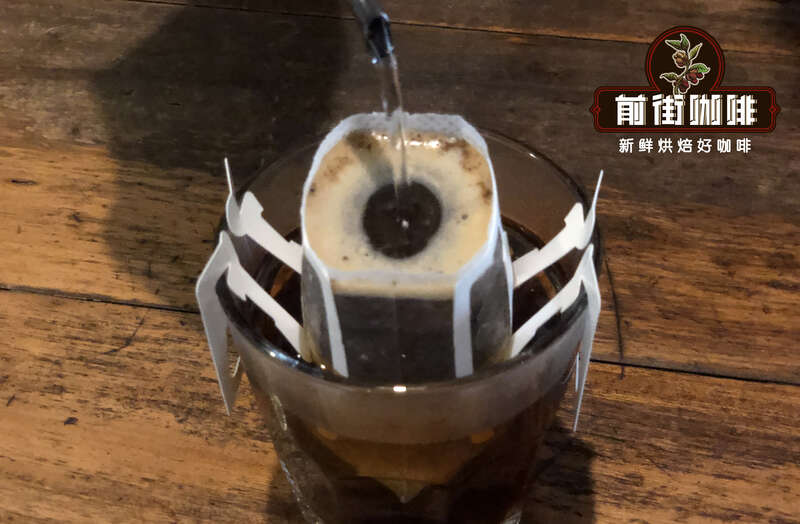
In Brazil, coffee cultivation is the subject of a great deal of research and development by national universities and institutions. To improve the quality, yield and resilience of coffee crops, agronomists, biologists and other researchers studied the best coffee varieties grown in each growing region of the country, usually breeding hybrids or breeding natural mutations.
Some farms manage their own nurseries, and many growers also buy seeds and seedlings from certified suppliers. Farms usually grow a variety of coffee and separate varieties by part of the farm, making it easy to maintain transparent traceability. The following is an introduction to the grape varieties commonly grown in Brazil, some of which are in other parts of Central and South America, while others are endemic to Brazil, according to information released by the Brazilian Professional Coffee Association (BSCA) and the Coffee Research Association.
Acai á- , selected from Mundo Novo, was first distributed to Brazilian growers in 1977. The name Acai á means "fruit with big seeds" in Tupigarani, and the description represents the big cherries and beans inside, with a screen as large as 18 hands 19. Acai á is vulnerable to the rust of coffee leaves, but has high yields and abundant plants. The average size of trees is more than 4 meters, and September to October and April to July are the two main flowering periods in Sao Paulo State.
Red Bourbon -in 1859, the bourbon seeds arrived in Brazil and were sent by the Brazilian central government because it was said that coffee grown on the island of Reunion (then known as bourbon) was more productive and of higher quality than the Typica variety. Since there is a variety of yellow bourbon, the original bourbon is called red bourbon. In the 1930s, different kinds of red bourbon were bred at the Campinas Institute of Agronomy (IAC) in Sao Paulo and distributed to farmers in 1939. Studying the successful development of different varieties of red bourbon grown in different regions and under different conditions will help researchers to understand the impact of environmental changes on coffee varieties.
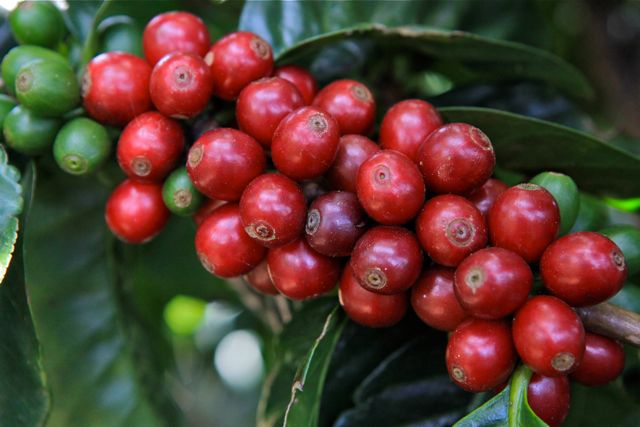
Yellow bourbon -in 1930, Dr. Carlos Arnaldo Krueger (Carlos Arnaldo Krug) first studied bourbon trees with yellow fruits as independent varieties. Yellow bourbon may have originated from the mutation of red bourbon or the recombination of natural crosses between red bourbon and yellow Botucatu; trees showed physical (phenotypic) similarities with the two varieties in the selected original population. The average output of yellow bourbon is 32 per cent higher than that of red bourbon, but 3050 per cent lower than red Catuai,Yellow Catuai and Mundo Novo. The average height of trees is more than two meters.
, Catigua-in 1980, a plant breeding team from two Brazilian research institutions crossed between Yellow Catuai and Timor hybrids. Later generations tested it at several field sites across Brazil and found it to be successful. The variety name Catigu á refers to the original name of Patro í nio in the state of Minas Gerais, where part of the selection process takes place.
Red Kaduai-originated from the cross between Kaddura and New World varieties. The trees that produce red fruits are selected, and the offspring of these plants are energetic and high-yielding, so they are named "Red Kaduai". The variety was put into commercial use in 1972. In Tubigarani, the word "catuai" means "very good".
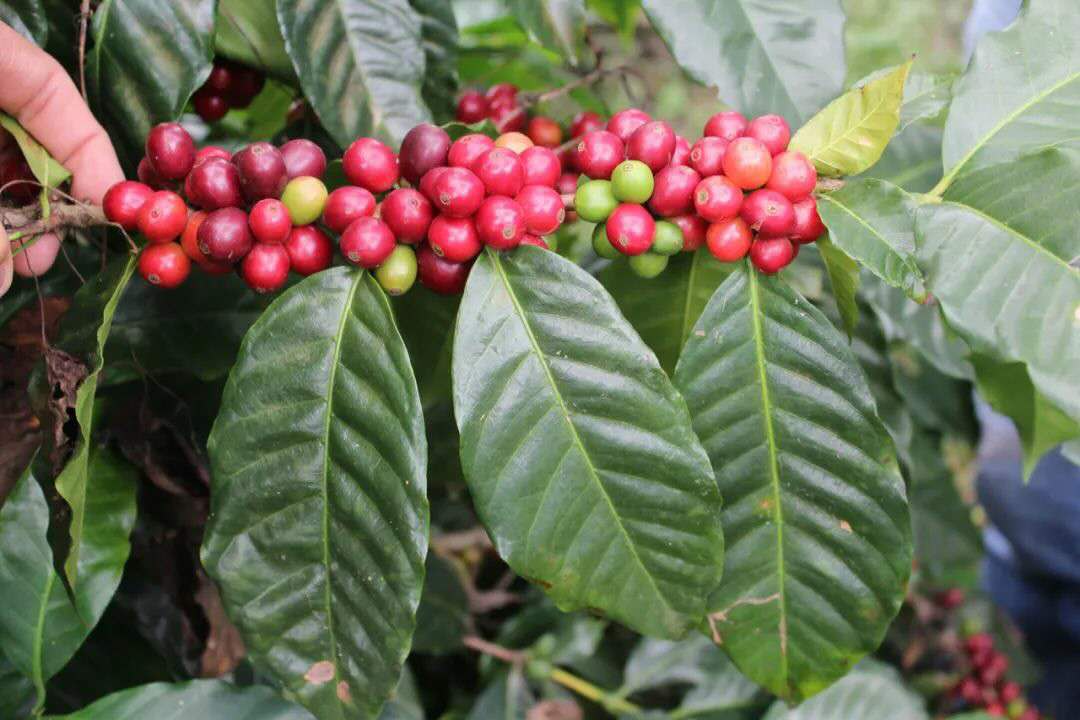
Catuke -Catucai is a hybrid between Icatu and Catuai. The first selection was in 1988, when researchers at the then Brazilian Coffee Institute (IBC) screened the population of the Red Icatu variety, whose seeds came from Londrina and planted in Janeiro in the San Jos é Duval Valley in Rio de Janeiro. The offspring of these selections were planted and selected in the MG Fazenda Experiment de Varginha belonging to the MAPA / Procafe é Foundation. After careful breeding, offspring were selected in the cities of Varginha, El ó i Mendes, Manhua ç urecol Coromandel and Patro í nio in Minas Gerais. Vit ó riada Conquista in the state of Bahia and Marechal Floriano in the state of Espiritu Santo choose plants with high productivity, high plant vitality and coffee rust resistance. The breeding program produces cultivated varieties of yellow and red fruits, which are named Catuca í, a combination of Icatu and Catua í. In general, varieties in the Cucaca í group show moderate resistance to coffee rust, which means that plants can be infected, but the damage is usually small and there are no large fallen leaves.
Red and yellow Kaddura-the short stature of the red and yellow Kaddura varieties may have originated from a Red Bourbon mutation with a taller stature. Kaddura's yellow cherry may also be a mutation of the original Red Kaddura. They were found in the Sierra Duca Parano area in the mountains that separate the states of Minas Gerais and Espiritu Santo. In 1937, seeds with red and yellow fruits planted on trees in Siqueira Campos, Santo province, Esp í rito Santo were introduced to the Campinas Institute of Agronomy (IAC) and were selected and released in 1949. Kaddura is vulnerable to leaf rust and has a compact figure. The distance between the nodes on each branch is short. Kaddura was the first mutation to be found with a compact figure and high productivity. Because of these characteristics,
Red Ikatu (Red Icatu)-Red Ikatu (Icatu) was obtained by interspecific hybridization between Cafeaf canephora in 1950 (Robusta) and Campinas Institute of Agronomy (IAC) Red Bourbon varieties. The seedlings were hybridized with selected Mundo Novo. Subsequent generations have shown resistance to coffee rust. In 1970, with the emergence of leaf rust in Brazil, any resistant variety from Robusta gene was studied separately, and field experiments were conducted for observation. The variety of Red Icatu and its lineage were put into commercial use in 1992. In 1999, each strain of Red Icatu was registered with the National Variety Registration Bureau (RNC). The name Icatu is translated in Tupi-Guarani, meaning "bonan ç a" in Portuguese, meaning to sail smoothly, as in a calm sea.
Yellow Icatu -in an experiment at the Campinas Institute of Agronomy (IAC), the development of varieties in the Yellow Icatu group began after determining natural hybrids between plants of Red Icatu varieties and Yellow Bourbon or Yellow Mundo Novo. The seeds of these varieties were harvested in May 1970 and the hybrid coffee trees were planted since 1971. Starting with hybrid materials and various selections obtained from Yellow Icatu, it has a variety of lineages and was released for commercial use in 1992. Like Red Icatu, each Yellow Icatu strain was registered with the National Variety Registration Bureau (RNC) in 1999.
Mundo Novo -New World is a recombinant product of a natural hybrid between Sumatra and Red Bourbon, which was found in the city of Sao Paulo in Mineiros doTiet ê. The seeds of one of these trees were planted in the city of Mundo Novo in Sao Paulo (now known as Urupplants), where an array of plants originating from the Mundo Novo variety was selected. Here, from 1943 to 1952, a variety of plant arrangements were selected and later selected among offspring to eliminate the shortcomings observed in the population. The selected offspring, Mundo Novo, have been bred and distributed to farms since 1952. In 1977, IAC released new offspring.
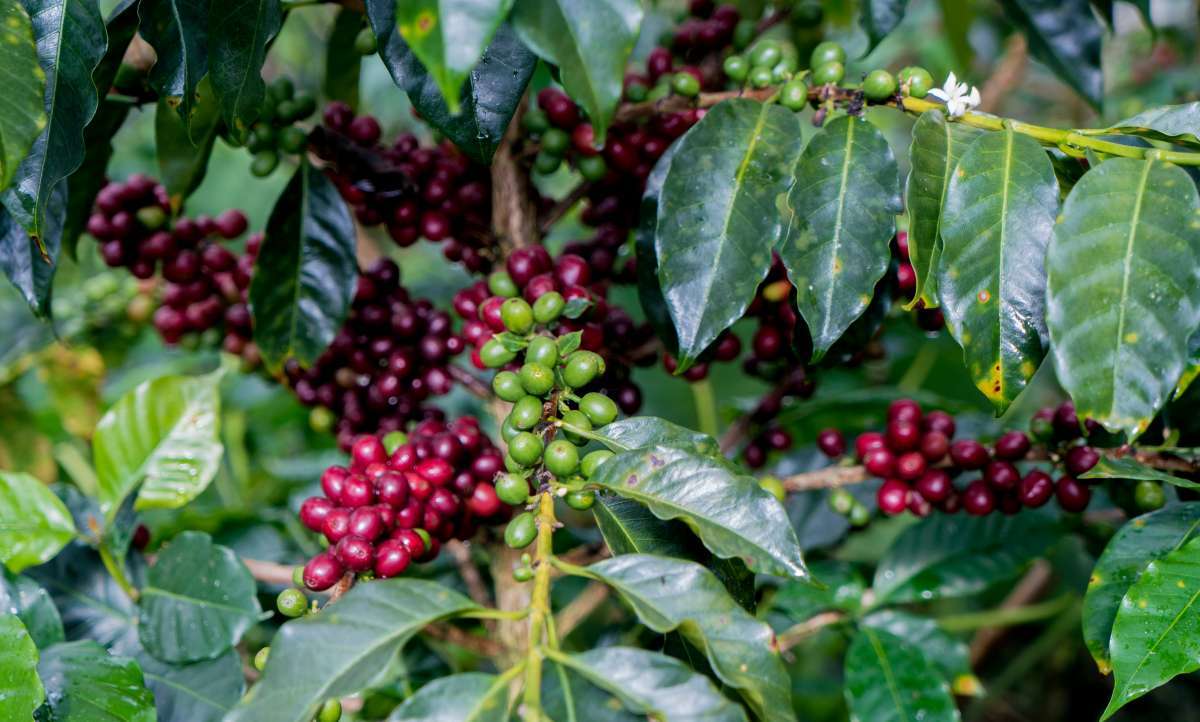
Obat ã -RedObat hybrid originates from a cross between the Villa Sarchi variety and the Timor hybrid in Portugal. Seedlings propagated from the cross were planted in Campinas in 1972, representing good production. The offspring of these coffee trees were selected and evaluated in several experiments, which lasted for several generations. Obviously, during the selection cycle, there was a natural hybridization between red and yellow Catuai, which was used as a comparison in the experiment. Obat ã varieties may be the result of natural hybridization between Villa Sarchi-Timor Hybrid hybrids and Red Catuai. IAC officially launched RedObat ã in 2000. RedObat ã is highly resistant to leaf rust and in many places its production even reaches the level of Red Kaduai, especially in the first harvest.
The Oeiras-Veiras variety, developed jointly with the national organization EPAMIG at the Federal University of Vikosa, uses a hybrid plant gene from the Red Caturra and Timor hybrids. In the wild, the size and productivity of trees are between Mundo Novo and Red Catuai.
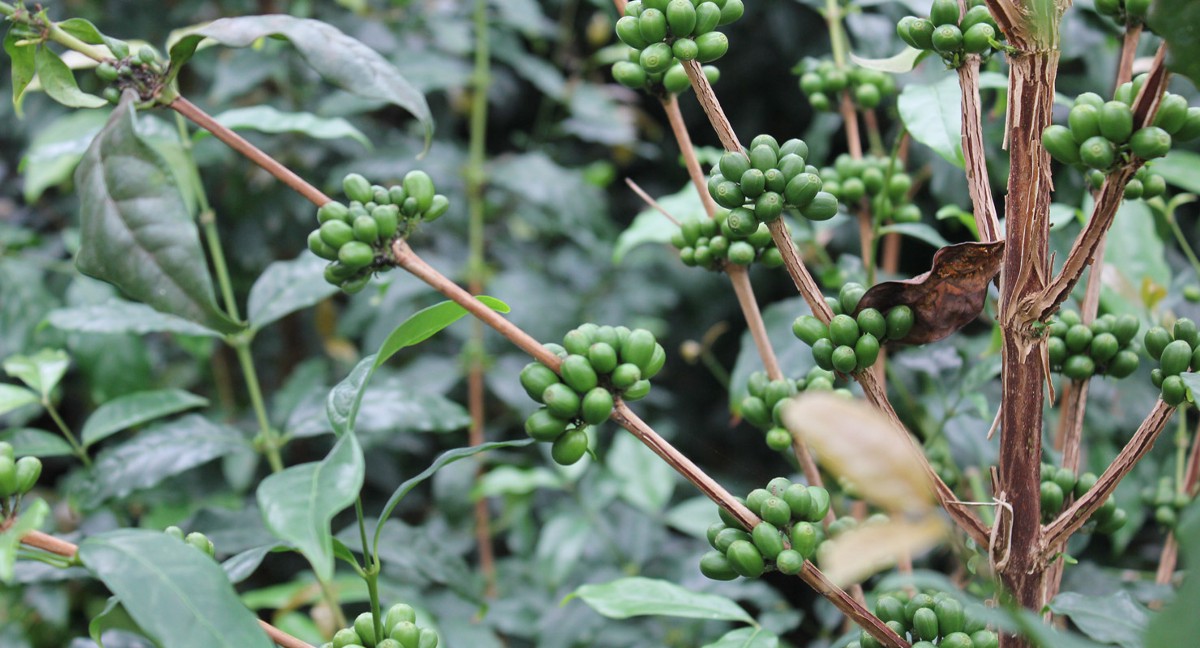
Topazio
Topazio, a hybrid between Mundo Novo and Yellow Catuai, was first selected in IAC in the 1960s and was later strengthened by EPAMIG, a national research organization in Minas Gerais. The trees are short and relatively compact, but they are not resistant to disease. The cherry turns dark yellow when ripe, inspired by the name of the yellow gem. Topazio is tree-lined, has a high production capacity, and most even cherries are ripe, making it an efficient variety for mechanical harvesting, making it ideal for large estates that need to be planted together to make full use of labor and management. Topazio varieties are particularly suitable for the climate of Minas Gerais and perform well at high density and as part of irrigated plantations.
Important Notice :
前街咖啡 FrontStreet Coffee has moved to new addredd:
FrontStreet Coffee Address: 315,Donghua East Road,GuangZhou
Tel:020 38364473
- Prev
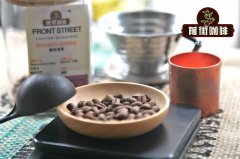
History of instant coffee can high-quality instant coffee make the flavor of boutique coffee?
Today, instant coffee accounts for about 25% of global retail coffee consumption. But how did it get there? Although instant coffee was first invented in the 18th century, it became popular as part of soldiers' rations during World War I. After the first World War, the disruption of the global economy meant that there was a coffee surplus across Brazil. About
- Next
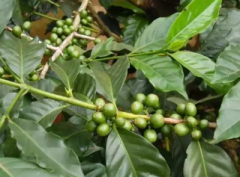
Why is some coffee sour? why is coffee sour? where does the sour quality of coffee come from?
Xiaobai who has just come into contact with a single cup of coffee is more or less surprised by the sour taste of the coffee. Most people's understanding of coffee is mellow and bitter, so where does the sour taste come from? This time on the front street, let's talk about why the coffee is sour. Coffee is a kind of fruit, and our common coffee beans are actually the seeds of this fruit. After the fruit is ripe,
Related
- Beginners will see the "Coffee pull flower" guide!
- What is the difference between ice blog purified milk and ordinary milk coffee?
- Why is the Philippines the largest producer of crops in Liberia?
- For coffee extraction, should the fine powder be retained?
- How does extracted espresso fill pressed powder? How much strength does it take to press the powder?
- How to make jasmine cold extract coffee? Is the jasmine + latte good?
- Will this little toy really make the coffee taste better? How does Lily Drip affect coffee extraction?
- Will the action of slapping the filter cup also affect coffee extraction?
- What's the difference between powder-to-water ratio and powder-to-liquid ratio?
- What is the Ethiopian local species? What does it have to do with Heirloom native species?

